#1972
Junkyard Find: 1972 Chevrolet Vega Kammback
General Motors built more than two million Chevy Vegas, and they were everywhere on the roads of North America through about the second half of the 1980s. The Vega has been a junkyard rarity for decades now, but I just found six early Vegas all within a couple of rows of one another in a Denver self-service yard. Today, we'll look at the only wagon of that group.
Junkyard Find: 1972 Ford Econoline "BIG CHEESE"
What kind of discarded vehicles look like they'd have the most interesting stories to tell? Customized Detroit vans from the 1960s and 1970s, of course! Today's Junkyard Find is just such a van, a Colorado second-generation Econoline called BIG CHEESE.
Junkyard Find: 1972 Saab 99
When the arms manufacturer known as Svenska Aeroplan Aktiebolaget built its first production automobile, the goofy-looking 1950 Saab 92, that company's best-known product was the goofy-looking fighter jet known as the "Flying Barrel." Both the aircraft and cars got the job done, but it wasn't until the late 1960s that Saab built a jet that looked just as cool as the hippest Lockheeds and Mikoyan-Gureviches. At around the same time, Saab introduced its first car that wasn't viewed by non-Scandinavians as an oddball machine for eccentrics: The 99. Here's one of those cars, found in a self-service yard just south of Denver.
Junkyard Find: 1972 Ford Galaxie 500 Sedan
1972 ended up being the final year for the postwar era of mainstream American car shoppers buying big, cheap sedans with few misgivings about fuel economy (though, if you want to get picky about it, you could say the 1973 Oil Crisis began while 1974 models were already in showrooms). Full-sized Fords sold very well in 1972, with close to a half-million Customs, Galaxies, and LTDs sold that year (plus better than 75,000 units of the Marquis and Monterey), and these cars were commonplace on American roads well into the 1990s. Today, the 1971-1972 big Fords and their distinctive snouts have all but disappeared, so I was happy to find this extremely green example in a Denver-area yard last month.
Junkyard Find: 1972 Chevrolet Vega Hatchback Coupe
The General made more than two million Chevrolet Vegas during the car’s 1971-1977 run, and the numbers climb much higher if you include the Vega-derived Chevy Monza and its siblings. The Vega’s many quality problems and rapid cheap-subcompact depreciation led to nearly all of these cars disappearing from American roads well before the dawn of the 1990s, but I still find the occasional example during my junkyard travels. Here’s an early Vega two-door hatch that seemed to be in pretty good shape before it hit a large animal on an Arizona road a couple of years back.
Junkyard Find: 1972 Volkswagen Super Beetle
From 1938 through 2003, Volkswagen Type 1 s rolled off assembly lines on five continents, and they sold very well in the United States well into the 1970s. I see many of them in my junkyard travels, but many more have gone unphotographed to The Crusher.
Now that I see only a few discarded air-cooled Beetles each year, I’m making more of an effort to document them. Here’s a ’73 Super Beetle in a Denver yard.
Junkyard Find: 1972 Jeep J-4000, Used-Up Snowplow Edition
Most ’60s and ’70s Detroit cars I see in big pull-yer-own-parts wrecking yards show signs of having spent a decade or more sitting in a yard or driveway. This is not the case with pickups, because just about any pickup that can be made to work at not-too-great expense will be kept on the road. A 45-year-old long-wheelbase Jeep pickup with a snowplow will earn its keep pushing the white stuff around until something really expensive fails.
Here is such a truck, spotted in a Denver yard.
Junkyard Find: 1972 Dodge D200 Custom Sweptline
The Dodge D-series trucks were getting embarrassingly dated by the late 1960s, with their solid-axle front suspensions and archaic styling, so Chrysler created the third-generation D-series pickups for the 1972 model year.
Here’s a reasonably solid three-quarter-ton from the first year of that generation, spotted in a Denver self-service yard.
Junkyard Find: 1972 Volkswagen Karmann Ghia
After seeing this 1986 Volkswagen Quantum GL5 on Tuesday and this 1980 Volkswagen Dasher four-door hatchback on Thursday, it’s only fitting that we should wrap up this week’s Junkyard Finds with yet another old VW: a seldom-seen-in-self-serve-yards 1972 Karmann Ghia.
Junkyard Find: 1972 Plymouth Duster
Compared to the stodgy-and-sensible Valiant on which it was based, the Plymouth Duster was pretty sporty and sold well to coupe shoppers who wanted a cheap car that could handle indifferent maintenance and bad road conditions (the Zaporozhets not being available in the United States). These things were amazingly reliable for the era, when not so many cars made it to 100,000 miles, but most were discarded like empty pull-tab Burgie cans during the 1980s. The Duster survivors today tend to be lovingly restored trailer queens. That makes the 1970-76 Duster a rare Junkyard Find, so I broke out the camera immediately when I saw this ’72 in a Northern California wrecking yard.
Junkyard Find: 1972 Volvo 145 Station Wagon
If you listen to those who claim to love the Volvo 140, every example of the breed is extremely valuable and must be saved… and yet there’s a greater disparity between the Talking The Talk Quotient (TTTQ) and the Walking The Walk Quotient (WTWQ) seen among self-proclaimed Volvo fanatics than found among aficionados of any other marque. Yes, the TTTQ:WTWQ value approaches something like 100:1 when it comes to the poor old Volvo 140, a car whose basic design lived on well into the 1990s (in the form of the 140-descendent 240), and so almost none of these cars get rescued when they get down-at-the-heels (and the same goes for 240s). Here’s a San Francisco Bay Area 145 that shows signs of being well-cared-for during its first 15 years and then forgotten in a side yard for the following quarter-century.
Junkyard Find: 1972 Plymouth Valiant Sedan
There was a time when the late-60s/early-70s Dodge Dart/Plymouth Valiant sedan was the generic automobile in the United States, possibly the most invisible car on American roads. Swimming-pool blue and this queasy shade of green were the most common colors, and the cars were so cheap to maintain that they survived in everyday use much longer than most of their peers. You don’t see the old A-bodies so much these days, but enough remain that they continue to show up in big self-service wrecking yards. Here’s one that I saw in Northern California last week.
Junkyard Find: 1972 Buick Skylark Sedan
After seeing this ’72 Ford Econoline one-ton camper van on Tuesday and this ’72 Mercury Monterey coupe on Monday, how about another 1972 Junkyard Find? Here’s a ’72 Buick Skylark that I shot in a Denver yard, all the way back in 2010; I’d been saving these photos until I could come up with a whole week’s worth of GM A-body cars, but the A-bodies have become so valuable (and thus rare in cheap self-serve wrecking yards) that I’ve run out of patience. Welcome back to 1972 Junkyard Week™!
Junkyard Find: 1972 Ford Econoline 300 Camper Van
After yesterday’s 1972 Mercury Junkyard Find, it makes sense— in some circles— to stick with model-year 1972 vehicles this week. With that in mind, here’s a very biohazardous second-gen Ford Econoline that I braved without benefit of a space suit. I’m pretty sure I didn’t catch hantavirus, scabies, or dioxin poisoning, but it’s still too early to know for sure.
Junkyard Find: 1972 Mercury Monterey Coupe
After seeing this ’72 Ford LTD Brougham coupe a few months back, it seems fitting that I’ve spotted the Mercury sibling to that car at the very same San Francisco Bay Area self-service wrecking yard. The images of this rust-free 42-year-old big Ford coupe should result in bitter tears flowing from Sajeev’s eyes, not to mention much wailing and gnashing of teeth among Rust Belt Ford lovers who haven’t seen such an unoxidized Mercury since the start of the Ethio-Somali War. Here we go!




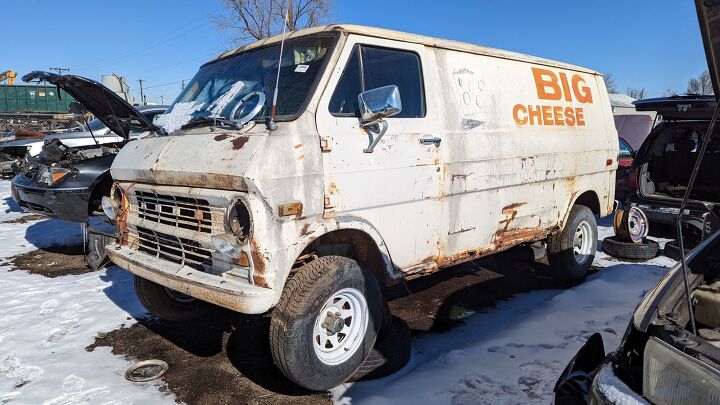
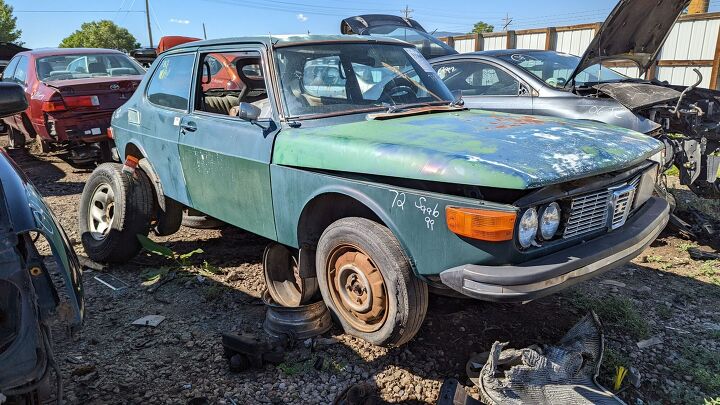

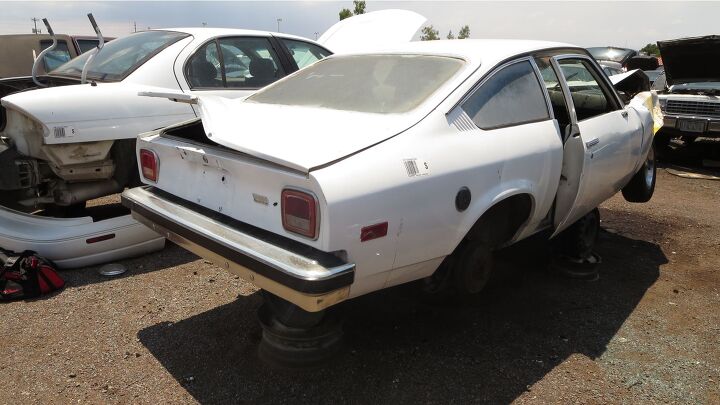
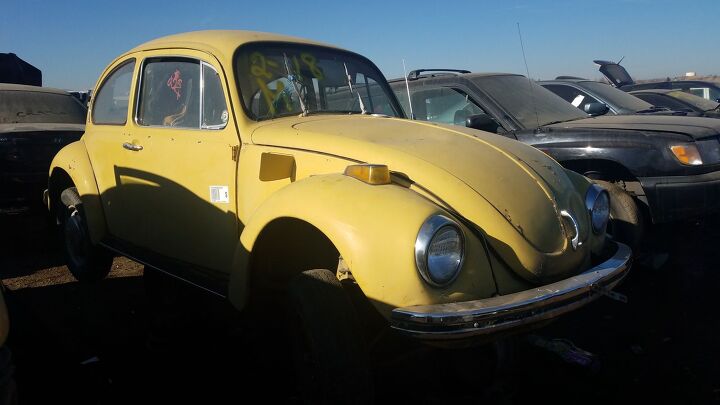
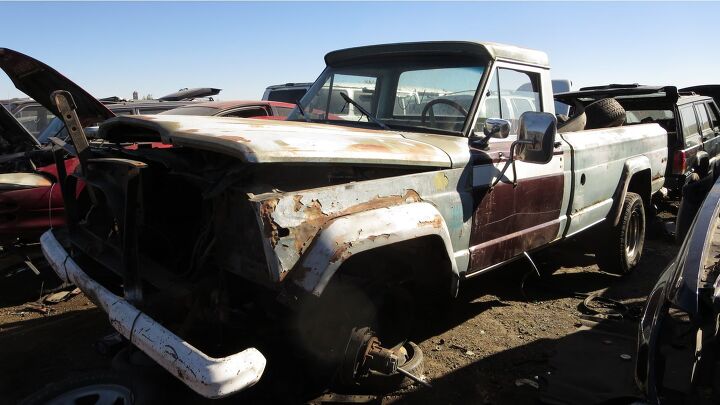
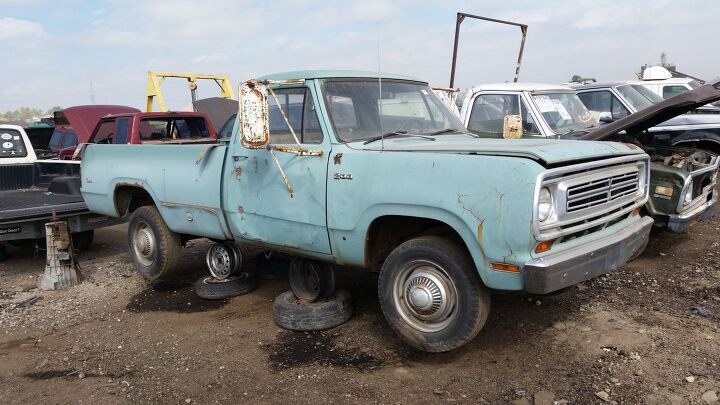
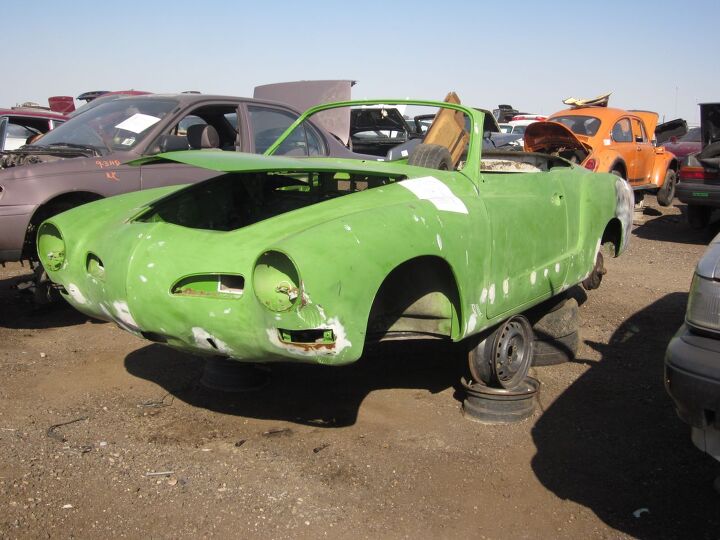

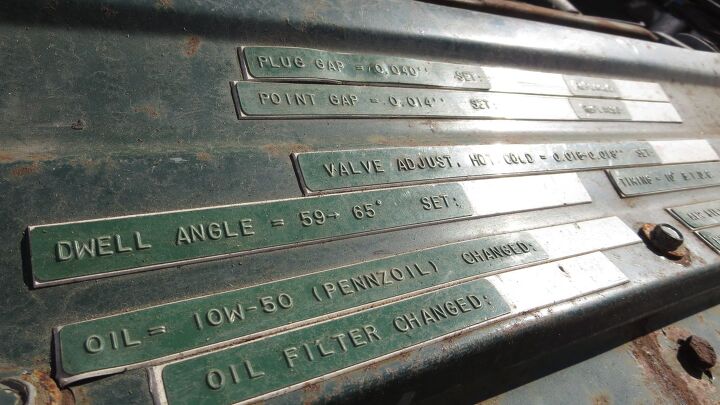
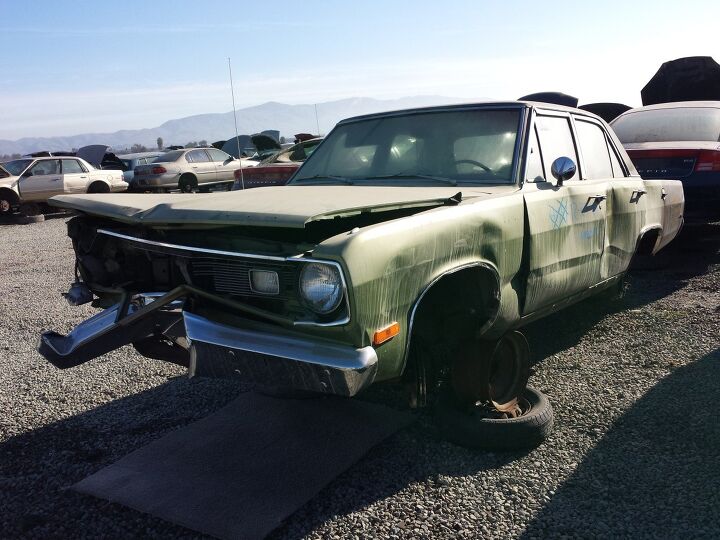
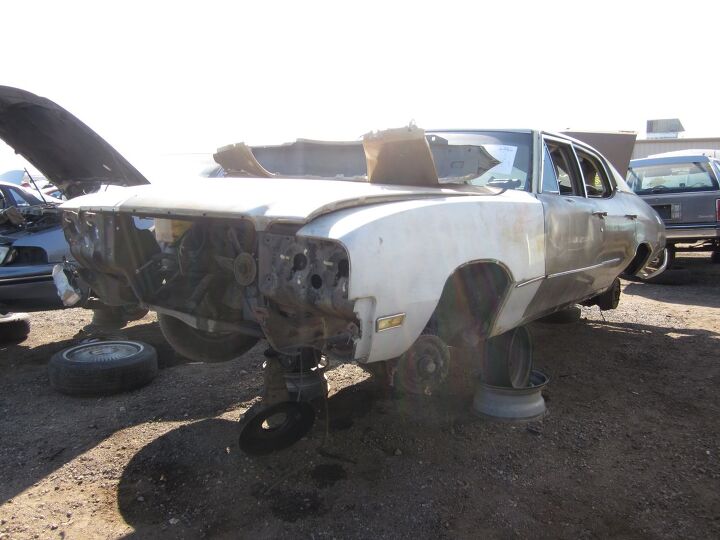

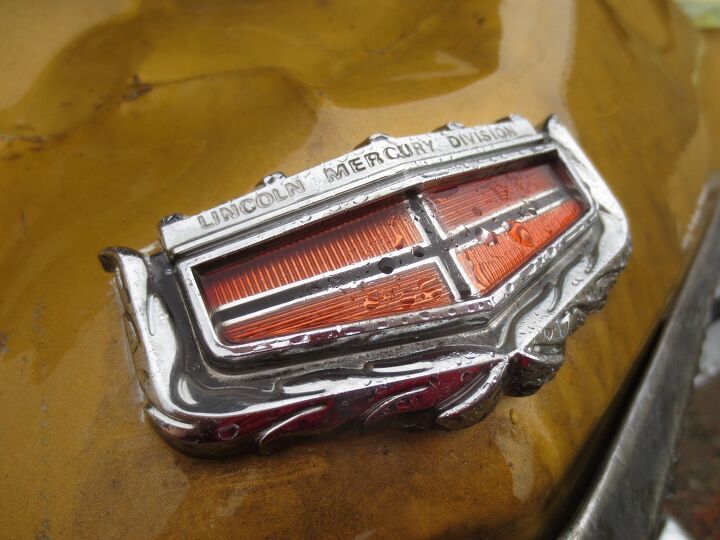












Recent Comments